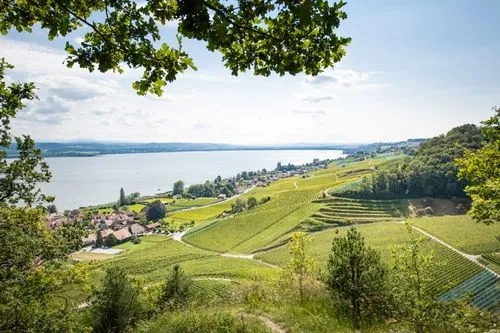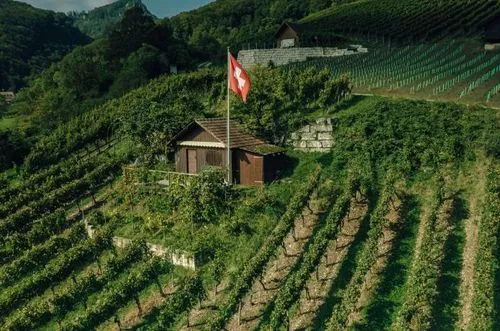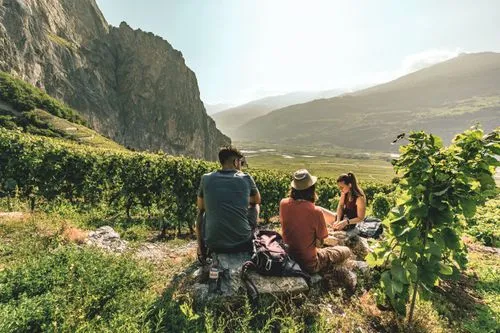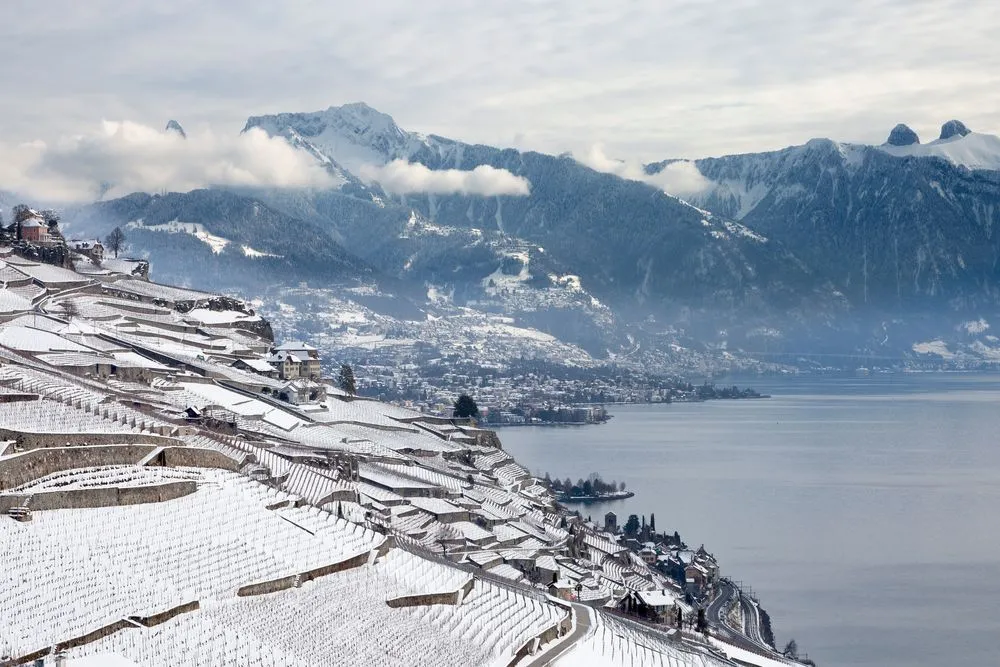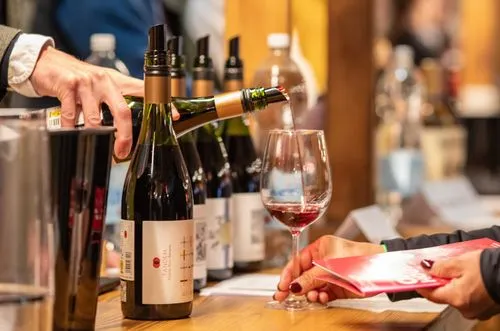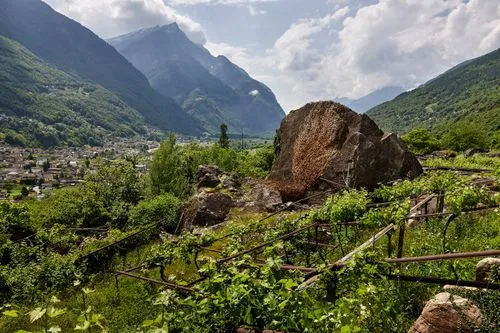Winter in the Swiss vineyards: calm and preparation for a new beginning
With the end of autumn and the completion of the grape harvest, calm returns to the vineyards of Switzerland. The vines are bare, the leaves have fallen, and silence covers the landscape.
But appearances are deceptive: while the vines are in hibernation, there is no time for the winegrowers to rest. Behind the scenes, important work is being done to lay the foundation for a successful harvest in the coming year.
The hibernation of the vine
In winter, the vines enter their dormant phase. After the growing season, during which they have produced leaves, flowers and grapes, they accumulate their energy reserves. Photosynthesis comes to a halt and the sap flow in the shoots is minimised. Nutrients such as carbohydrates are stored in the roots to supply the plant during the cold months. This phase is crucial for the regeneration of the vine and for it to be able to sprout again with full force in spring.
The vine protects itself from frost by concentrating the liquid contained in the cells. The frozen soil and snow can even be beneficial for the vine. The snow acts as a protective insulating layer that keeps the temperature around the roots stable. In addition, the vine's natural frost resistance prevents the cells from being damaged – a fascinating survival system that the plant has developed over thousands of years.
Winter work in the vineyard
Despite the apparent calm, there is a lot for winemakers to do in winter. The most important work in Swiss vineyards during this time is:
Pruning
Pruning is the main task in winter. The aim is to control the growth of the vines and ensure a balance between yield and quality of the grapes. The winegrowers cut back the old shoots and leave only a few canes. These will bear the new grapes next year. Pruning is usually done by hand, which requires a lot of time and experience.
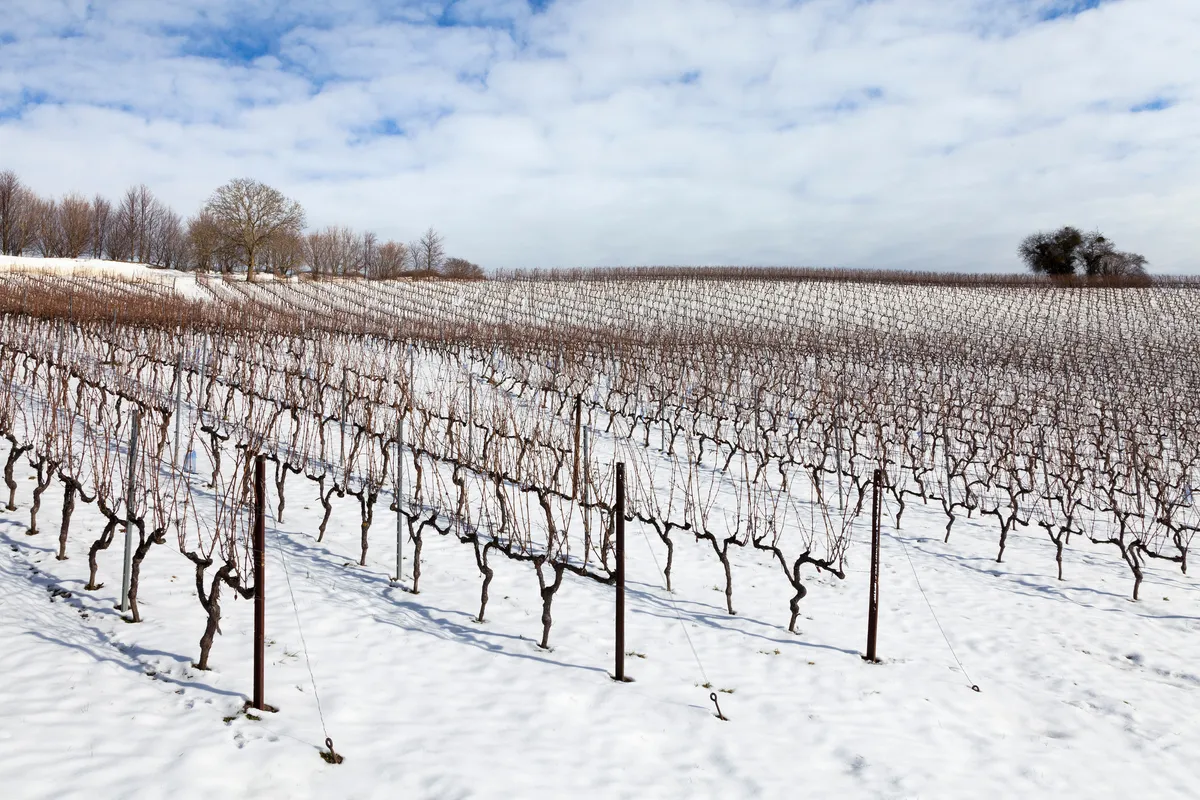
Soil maintenance and cover crop
Winter is also a time for preparing the soil. In Swiss vineyards, cover crops are often planted between the rows of vines to promote soil fertility and prevent erosion. These plants can fix nitrogen, loosen the soil and provide valuable nutrients. During the winter, checks are made to see if reseeding is necessary or if the cover crop needs to be maintained.
Repairs and maintenance
The winter months provide an opportunity to carry out repairs. Posts, wires and irrigation systems are checked and replaced if necessary. Tractors and other equipment also receive a thorough service.
The awakening of the vines in spring
Towards the end of winter, when temperatures slowly rise and days lengthen, the vineyards awaken from their winter sleep. Fluid collects at the pruning sites: the vines are ‘weeping’. They are now full of vitality and begin to sprout again.
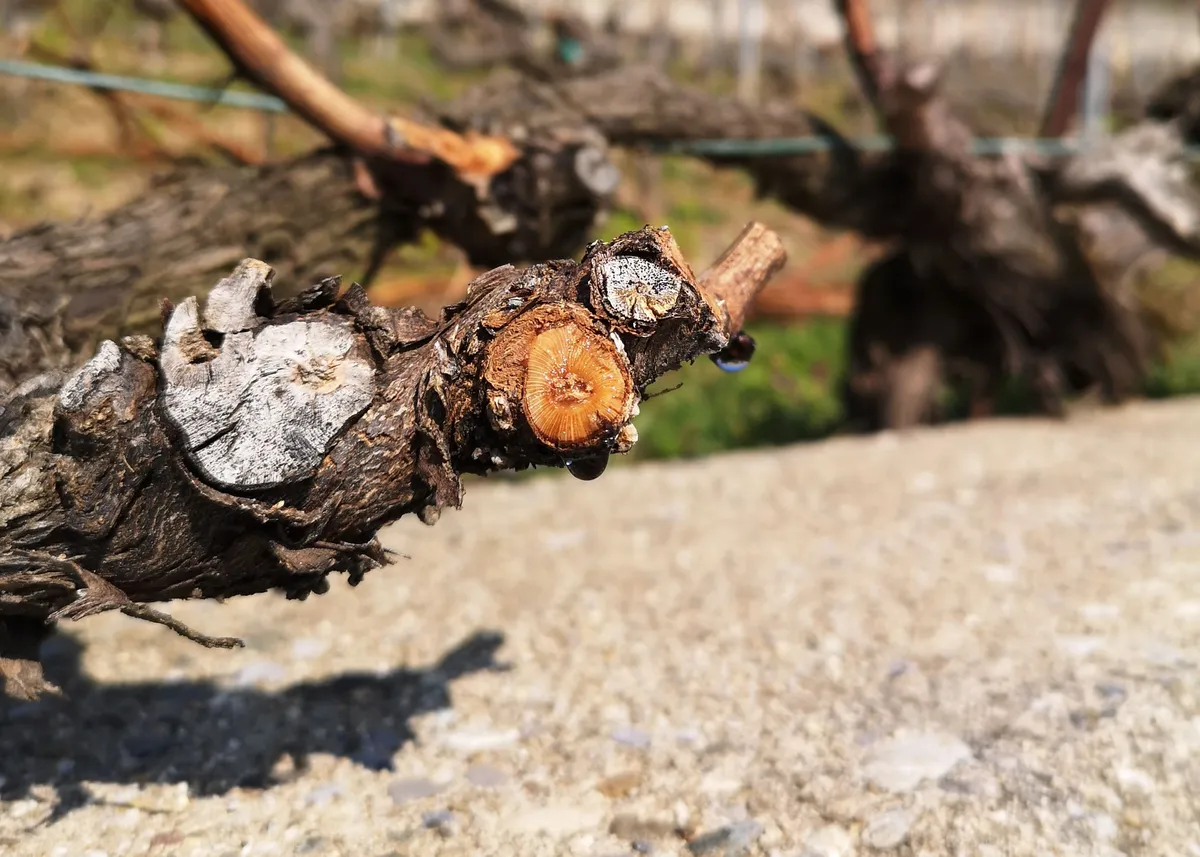
Winegrowers prepare for the next phase of growth. As late frosts can cause a great deal of damage, they regularly check the weather conditions. In an emergency, some of them use frost protection candles to protect the delicate buds from the cold.
When winter finally gives way to spring, a new cycle begins and life returns to the vineyards with a vengeance.
Related Articles
All the news about Swiss wines and exclusive reports.
To visit our site, you must be of legal drinking age in your country of residence.
